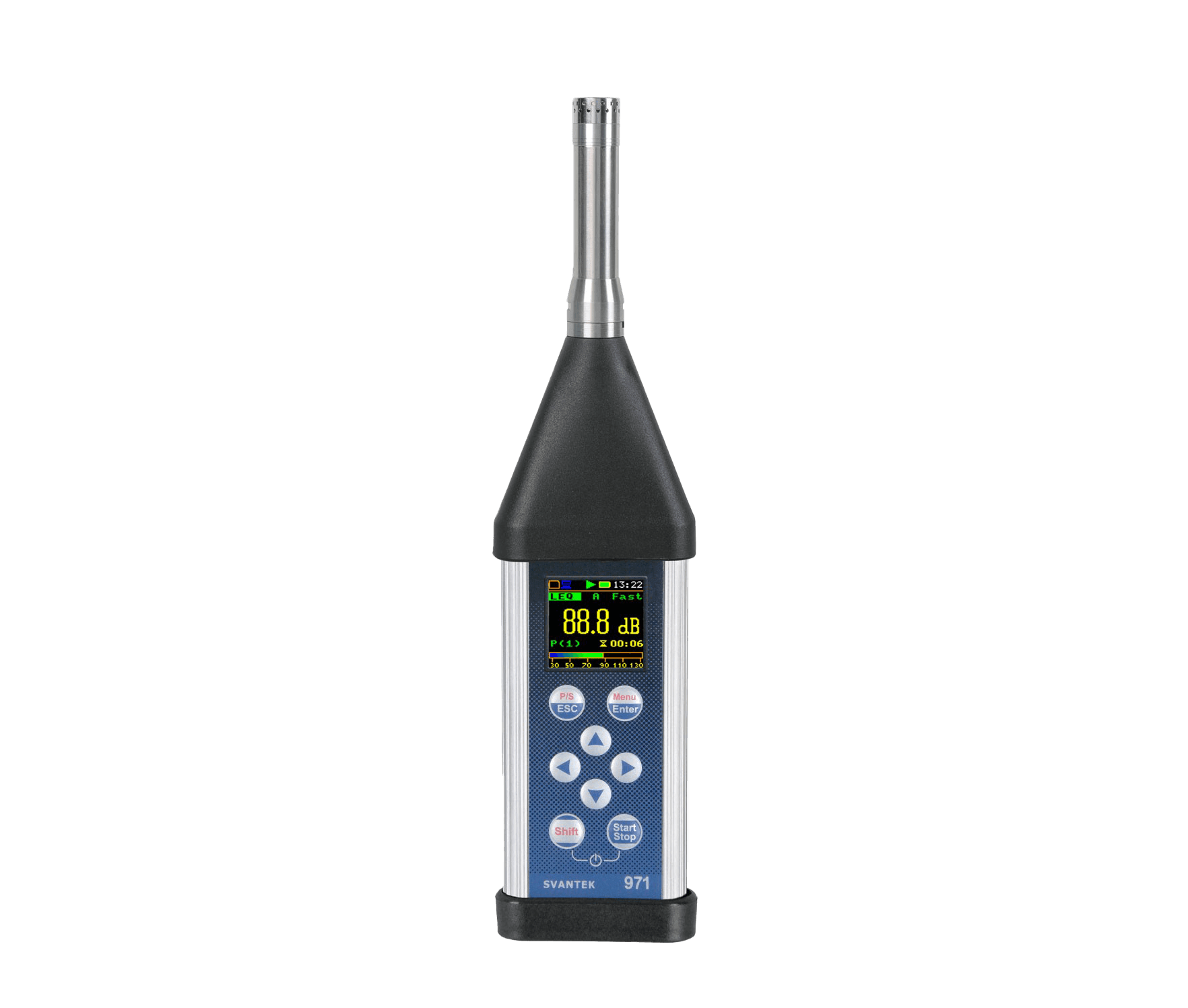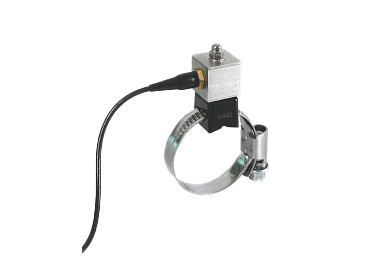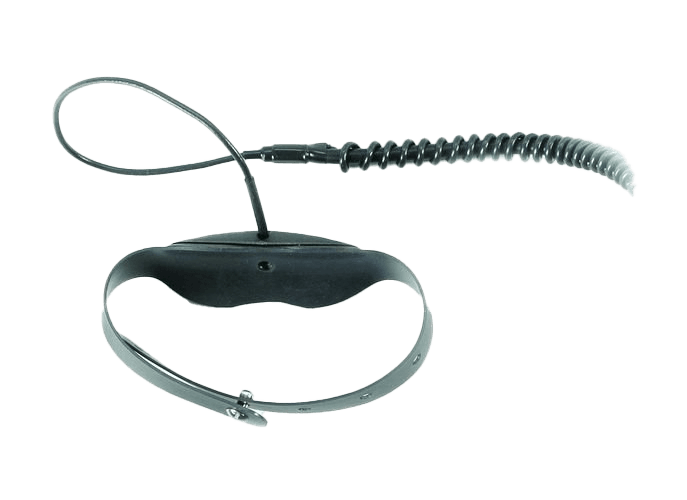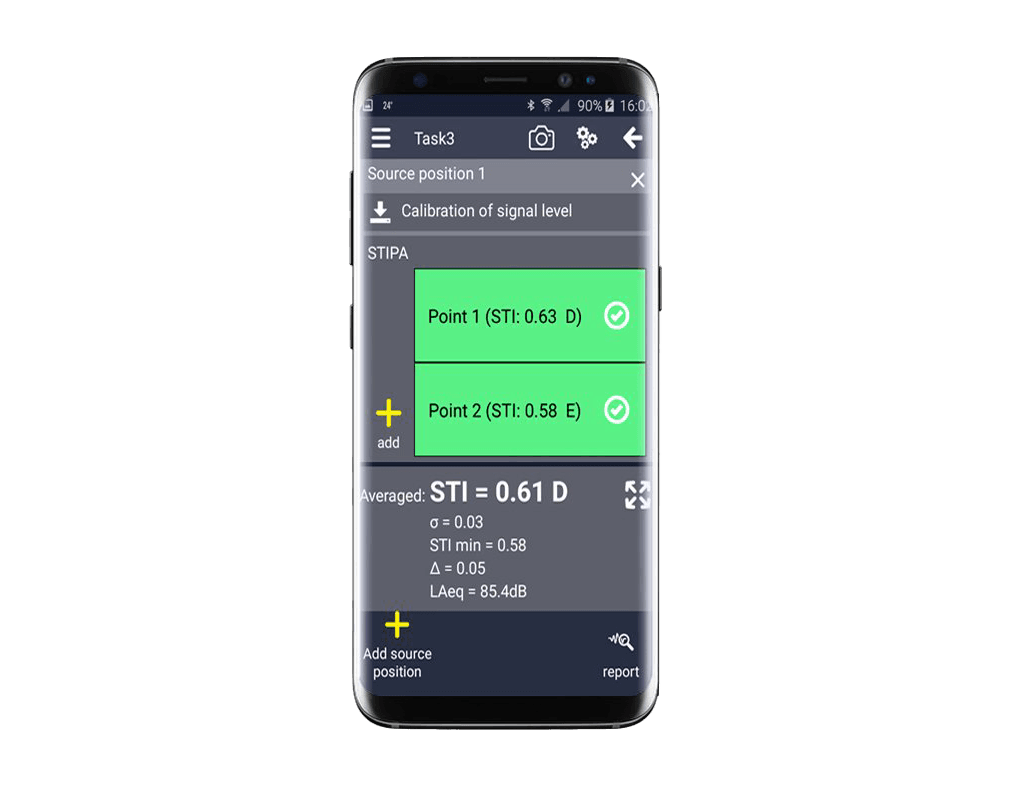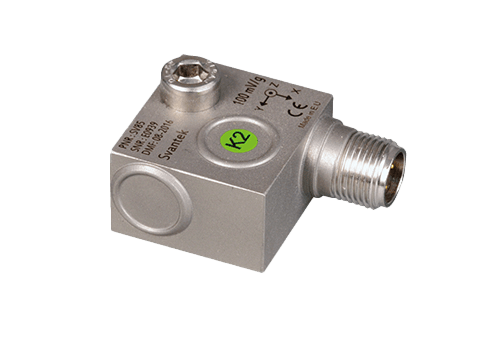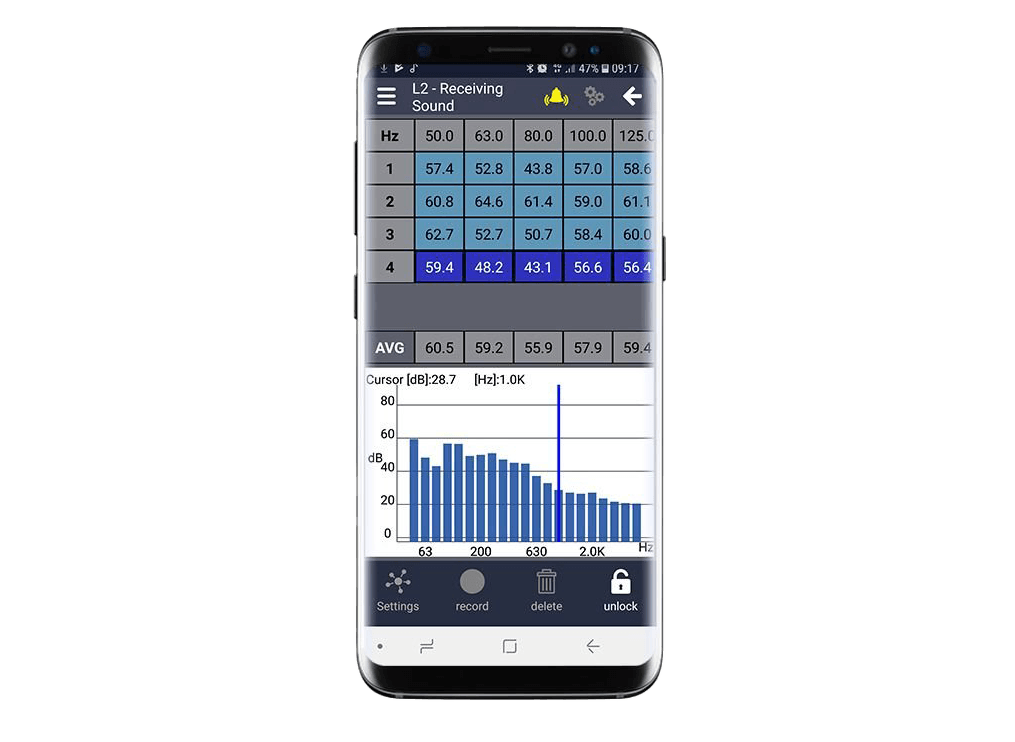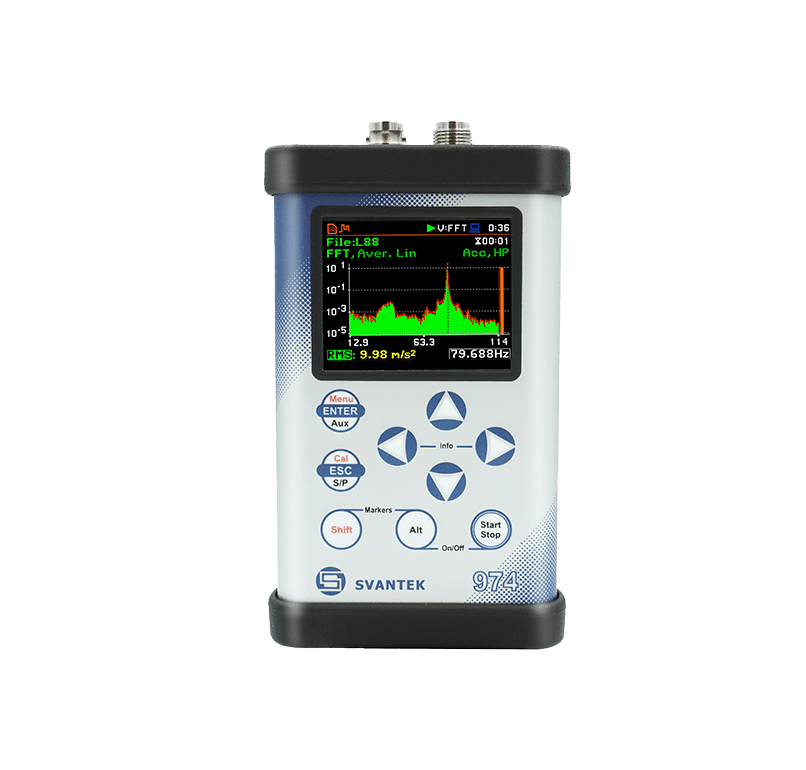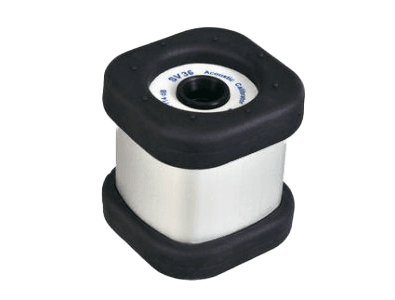Sound level meters are also known as noise meters, decibel meters, or dB meters. Following BS EN 61672, noise level meters are composed of a microphone, a preamplifier, a signal processor, and a display that displays noise results. Hand-held noise level meters are usually battery-powered and feature a triangular tip and windscreen on top.
A sound level meter is a device that measures: time-averaged or exponential time-weighted sound levels, frequency-weighted noise levels and frequency-weighted average noise exposure levels.
Sound level meters are used in various fields such as environmental noise monitoring, workplace safety, industrial hygiene, and building acoustics.
The measurement of sound levels can help identify potential health hazards and can be used to ensure compliance with noise regulations and standards. It is important to use sound level meters correctly, following the manufacturer’s instructions and taking into account factors such as microphone placement, environmental conditions, and the characteristics of the sound source.
What you should look out for the following when selecting a sound level meter:
- A valid calibration certificate to IEC61672-3 class 1 standards to at least traceable standards. These are valid for two years
- A manual with Appendix C detailing calibration methodology in accordance with IEC61672-3
- Type approval certification proving environmental testing, such as PTB type approval
- Supporting software to analyse and report your acoustic and vibration data
- At least the ability to measure: LEQ, LMAX, LMIN, Statistics LN and 1/3 octave frequency spectra
- A valid linearity range declared in supporting documents with the SLM with a total dynamic range
- Multiple weightings: A weighting, C weighting and unweighted measurements
- A training plan from your manufacturer – all meters are different
- A service and calibration laboratory based in the country of use
- Ask about support – what working hours support is available and the typical response time
- Find out the cost of firmware upgrades, if any
Get in touch with the Svantek UK team today to discuss your sound level meter requirements.


